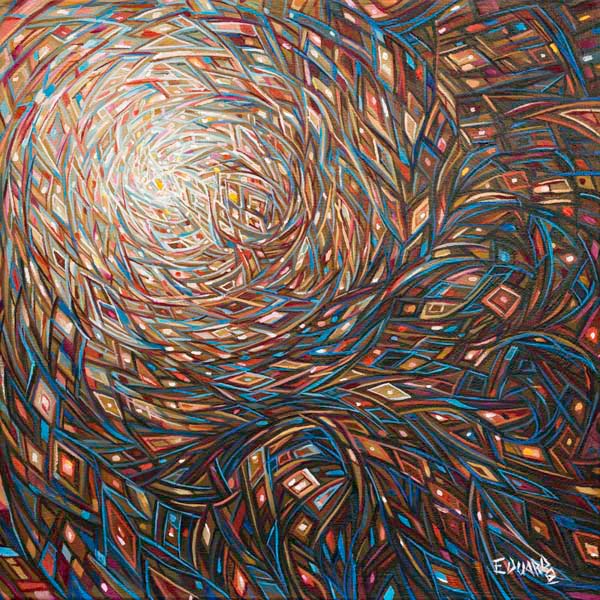Q&A
with Timothy Higgins
1) What was the inspiration for Sinfonietta?
I came up with the idea to write this piece as a challenge to myself. Since the majority of my musical career is performing in an orchestra playing symphonies, I thought it would be a good exercise to try to write something in a symphonic form. I chose to write for brass and percussion because that is what I am most familiar with, being a trombonist myself! I drew inspiration from composers like Shostakovich and Bruce Broughton to come up with the harmonic and formal material of the Sinfonietta.
2) Has this piece been publicly performed before?
The piece has been performed twice: by the San Francisco Conservatory of Music brass ensemble and the Chicago Symphony Brass section.
3) What inspired you to become a composer after becoming a professional trombonist?
Music performance is a very specific side of the orchestral world. Arguably, it is the midpoint between the composer and the audience. What the composer feels and how the audience feels listening to the composer are all that matter in the end. Performers are just skilled translators. I chose to explore composition in order to experience another side of the music process. In doing so, it informs my views of music performance.
4) How does it feel to have your SFS colleague—Symphony Parnassus Maestro Stephen Paulson, also principal bassoon for SFS—conducting your work?
It's a thrill to have such support from Steve Paulson. We have a very strong community in the SFS, and I am very touched that Steve would give me the opportunity to have my music heard on his program.









